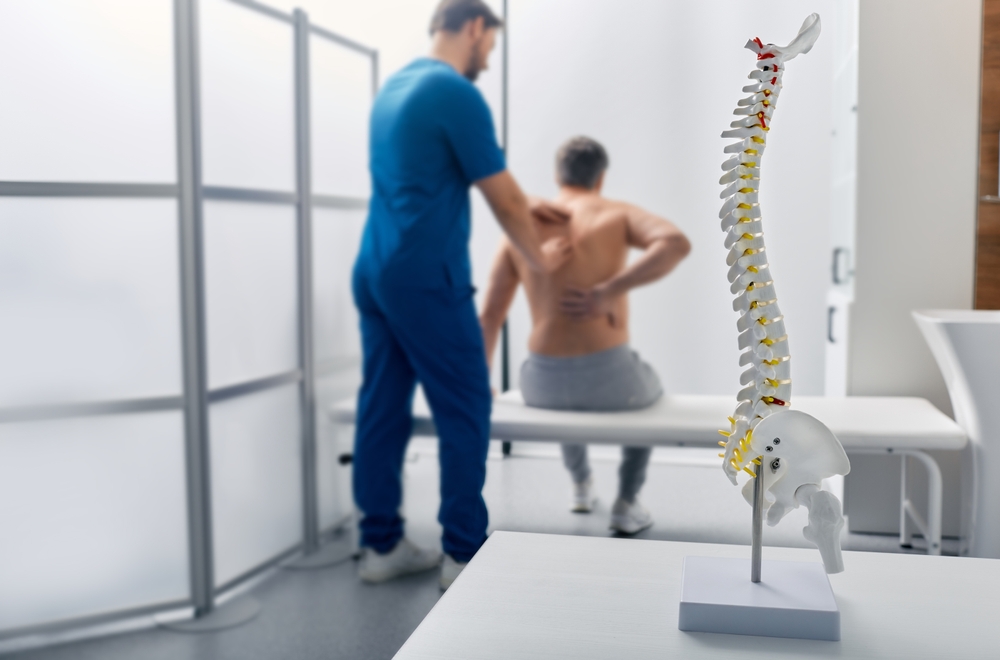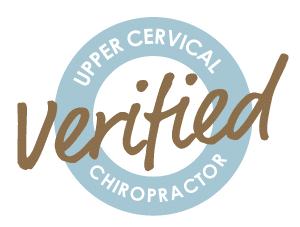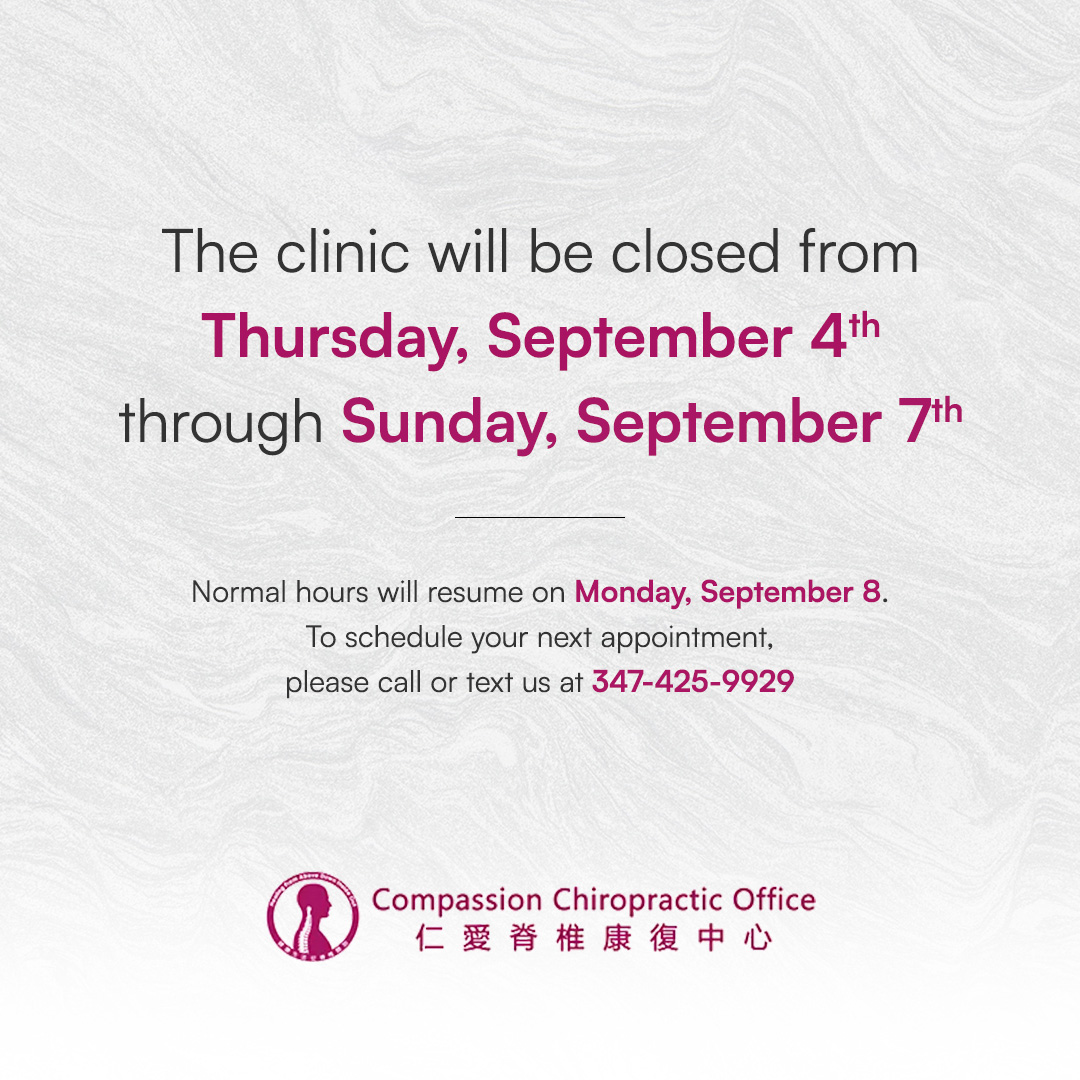
Scoliosis causes your spine to curve to one side. It usually develops slowly, and many people do not even notice it at first. Finding it early is very important. Knowing the signs can help you get the right treatment quickly and prevent the curve from getting worse.
Check Your Posture
Stand in front of a mirror and take a close look. Are your shoulders even, or is one higher than the other? How about your hips, do they seem level, or is one tilted? Even a slight difference can be a clue. Try taking pictures from the front and side over a few weeks. Changes over time are easier to see this way.
Do the Bend Test
This is an easy test you can try at home. Bend forward at the waist and let your arms hang naturally. Ask a friend or family member to look at your back. They might see a bump or ridge, which is a common sign of scoliosis. You can also use a mirror to see the curve yourself. Doing this test a few times can help you notice even small changes.
Notice How Your Clothes Fit
Sometimes, your clothes can give you hints about your spine. A curve in the back can make your body appear uneven. Shirts might hang differently on one side. Pants could feel uneven at the waist. If your clothes suddenly feel off, it might be worth checking your back. Over time, you may also notice that your shoes wear out unevenly.
Pay Attention to Pain
Scoliosis does not always cause pain, but some individuals may experience soreness or stiffness. Your back may feel tired after sitting, standing, or walking for extended periods. Some people experience headaches or shoulder pain due to poor posture. Persistent discomfort is a reason to speak with a doctor. Early attention can help prevent pain from worsening.
Watch How You Move
A curved spine can subtly affect how you move. You might lean slightly to one side when walking. Bending over or reaching for things might feel awkward. Sports or exercise might feel different. If movements feel unusual, it could be a sign of scoliosis. Paying attention to these small changes can help you catch it early.
Look for Signs in Kids
Scoliosis often starts in children or teens, usually during a growth spurt. Parents should watch for uneven shoulders, tilted hips, or a shoulder blade that sticks out. Children may complain of back fatigue or difficulty standing for long periods. Detecting scoliosis early in kids can make treatment easier and more effective.
When to See a Doctor
If you notice any of these signs, make an appointment with a doctor. They will examine your back and may perform the bend test. X-rays can reveal the exact shape of your spine. Early detection can help prevent the curve from worsening. Doctors may also monitor small curves over time to see if they progress.
What Happens Next?
If scoliosis is found, there is usually no need to panic. Exercises can strengthen the back, and braces may help keep the spine straight. Surgery is rarely needed. The key is to get help early, so you can protect your spine and stay active. Following a doctor’s plan can reduce discomfort and improve posture over time.
For more on scoliosis, visit Compassion Chiropractic at our Brooklyn, New York, office. Call (347) 425-9929 to book an appointment today.
https://www.mayoclinic.org/diseases-conditions/scoliosis/symptoms-causes/syc-20350716








